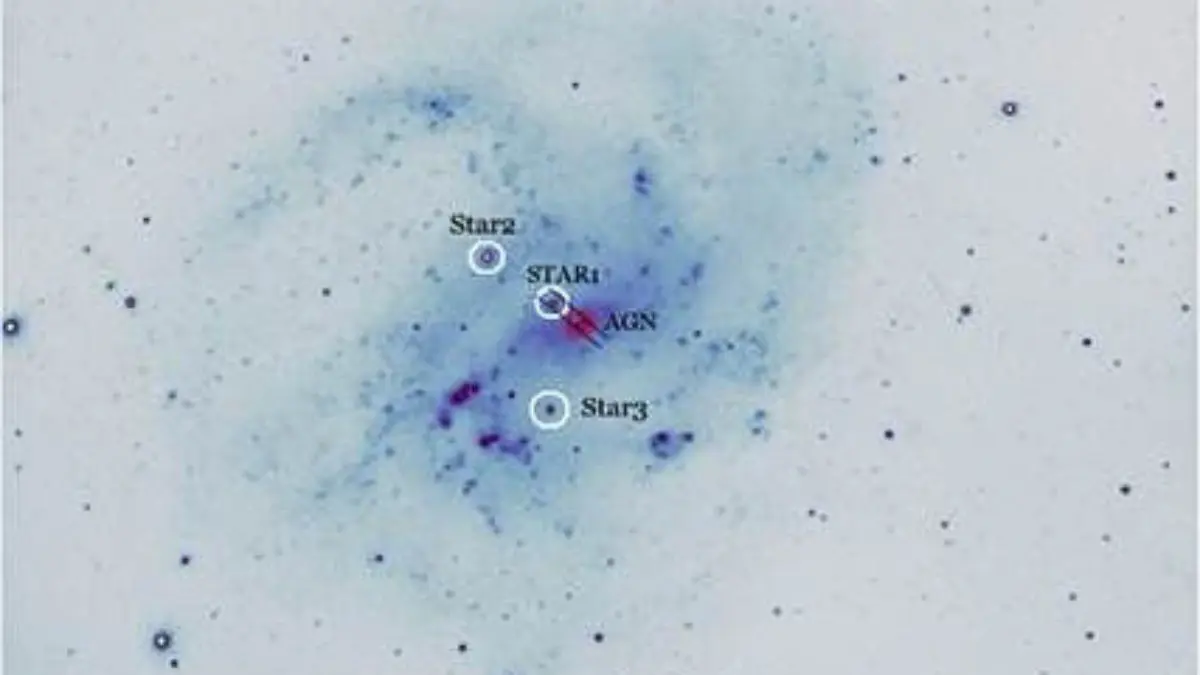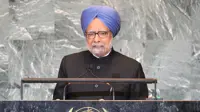India’s largest optical telescope helps observe smaller black holes
18 Apr 2025

A team of astrophysicists in India have traced an intermedia black hole (IMBH) located in a faint galaxy about 4.3 million light-years away using the country’s largest optical telescope – the 3.6m Devasthal Optical Telescope (DOT).
Scientists from the Aryabhatta Research Institute of Observational Sciences (ARIES), an autonomous institute of the Department of Science and Technology (DST), have found that gas clouds orbit the black hole at a distance of 125 light-minutes (around 2.25 billion kilometre) with a velocity dispersion of 545 km per second.
The discovery by the team of astrophysicists led by Shivangi Pandey has successfully used the Devastal DOT to detect and measure the properties of an IMBH in a faint galaxy called NGC 4395.
Their study gives a better understanding about how black holes, specially those that weigh between 100 and 100,000 Suns, evolve.
NGC 4395 is low-luminosity active galaxy hosting one of the faintest actively feeding black holes ever observed.
The scientists used the 3.6 m DOT, the largest optical telescope in India, and its indigenously developed spectrograph and camera ADFOSC, along with the smaller 1.3m Devasthal Fast Optical Telescope (DFOT) located at the Devasthal Observatory of ARIES to study the faint galaxy.
The team tracked the faint galaxy continuously for two nights using both the telescopes and a special technique called spectrophotometric reverberation mapping, in order to overcome the difficulty of measuring the small size of the object.
The reverberation mapping is a technique that measures the delay between light emitted by the black hole's accretion disk and the surrounding gas clouds. The delay, or time lag, helped assess the region's size and calculate the black hole’s mass.
Their study also helped to trace the missing link in the cosmic black hole family and bridge the gap between smaller stellar black holes and massive supermassive black holes.
IMBHs, are expected to grow into larger and supermassive black holes over time, but their faint nature and relatively smaller size makes them difficult to observe. Since they don’t generate bright emissions when they are not actively pulling in matter, special technoques are needed to observe them.






















